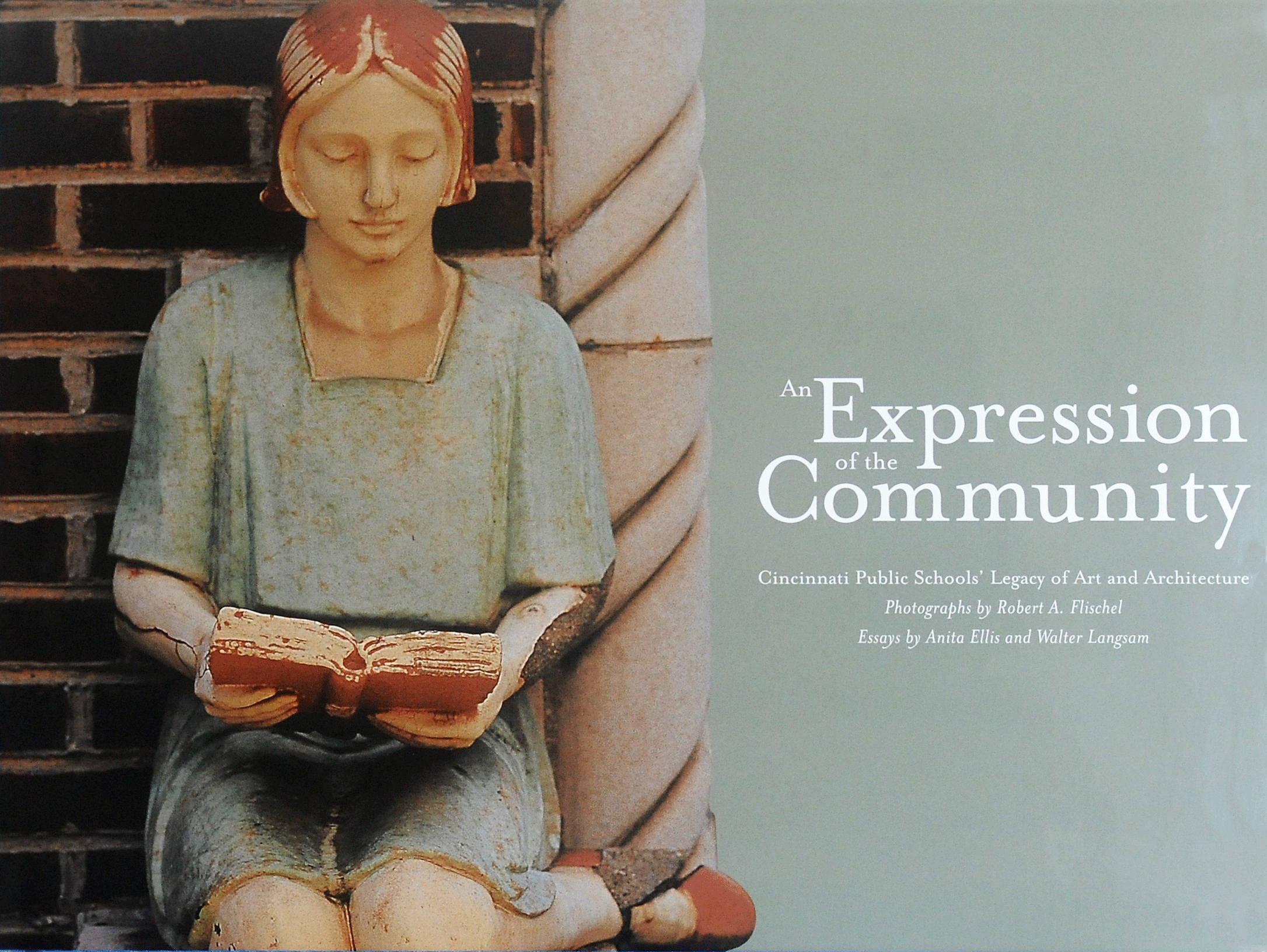On the road in America, it has become hard to distinguish a public school from a post-industrial factory. The schools are the ones with yellow buses parked outside.
 The schools’ transition from stately, which was characteristic of the early 20th century, to sterile has several explanations: the spread of modernism generally, the devaluation of public architecture in particular (city halls have been victims too), the physical growth of schools through both district consolidation and population increase, and fiscal pressures in the public sector.
The schools’ transition from stately, which was characteristic of the early 20th century, to sterile has several explanations: the spread of modernism generally, the devaluation of public architecture in particular (city halls have been victims too), the physical growth of schools through both district consolidation and population increase, and fiscal pressures in the public sector.
Whatever the reason, today’s schools rarely invite respect. Once aspiring to be temples of learning, they lack symbolic connection to their function–unless we suppose, with Diane Ravitch, that No Child Left Behind turned schools into testing factories.
Naming conventions have changed along with the architecture. Yesterday’s monumental buildings often bore the names of patriots, presidents, civic leaders who promoted the improvement of local schools, or educators. In Charlottesville, where I live, the most admired elementary school, still a symbol of civic pride more than 80 years after its construction, was named after Charles Scott Venable, who was a professor of mathematics at the University of Virginia and author of arithmetic textbooks. But personal names have come to risk controversy, and Jay Greene’s research has shown that schools today are more likely to be named for a fish or a cactus plant than a president, let alone a teacher.
That schools in the early 20th century could be more than stately—they could actually be places of rare beauty—is suggested by the extraordinary history of Cincinnati, where schools incorporated fine art in the form of paintings, fountains, stained glass, tile decorations, and other architectural ornaments. See An Expression of the Community: Cincinnati Public Schools’ Legacy of Art and Architecture, published in 2001. The jacket design, reproduced here, shows a terra cotta statue of a young girl reading. This statue is on the roof of the Oyler elementary school, which still functions.


